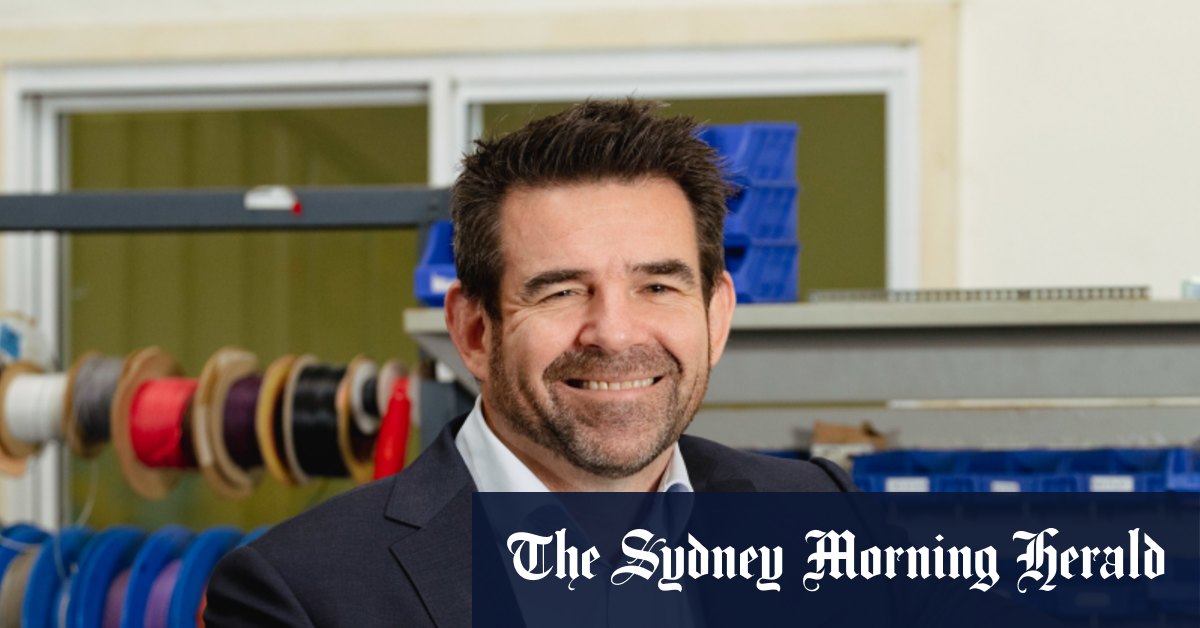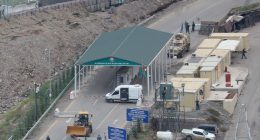
“All these countries are investing in their industrial base, their manufacturing capability and their economic sovereignty,” Albanese said in a speech to the Queensland Media Club on Thursday.
“This is not old-fashioned protectionism or isolationism – it is the new competition.”
Loading
But independent economist Saul Eslake said the government’s policy was a sure way to make Australia poorer.
He said the “manufacturing fetishism” of governments ignored the long line of failure by Australia, with its small population and long distance from major markets, to develop a manufacturing base.
According to Eslake, the idea of the government throwing money at particular parts of the economy was not far removed from Stalin’s five-year plans under the Soviet Union.
“Maybe it’s not old-fashioned protectionism, but we’re going to see taxes and subsidies to induce resources move from one part of the economy to manufacturing, and that’s going to make us poorer,” he said.
“This country was the richest in the world in 1900, before Victoria forced manufacturing protection on the rest of the country. By the time we woke up to this and the cost it was imposing on the country, we were the 26th. Now we’re back to around the 12th.”
Eslake said both sides of politics sought to justify expenditure by linking it to security and sovereignty.
“That’s a lazy approach to making policy,” he said.
Opposition Leader Peter Dutton the government’s policy was “just not going to happen” due to high electricity and gas costs.
Loading
“We’re seeing businesses go offshore because they can’t afford to continue in our country, and there’s no sense the prime minister offering this false hope and false promise,” Dutton said on Thursday.
While details of the government’s plan have not yet been released, industry insiders expect the first round of funding to focus on critical minerals, offering a mix of grants as well as production credits for business that enter production – to be redeemed in the form of tax breaks.
The government has already announced a $1 billion Solar SunShot program to boost the local solar panel supply chain, and a $2 billion Hydrogen Headstart program for local production of green hydrogen.
Despite Albanese’s ambition to build an Australian battery making industry, experts expect most business growth will come from making components rather than a finished product.
Smart Energy Council chief executive John Grimes said Australia’s “low-hanging fruit” is high-value components for batteries and other clean technologies.
“These are precursors like anodes and cathodes and to make those means taking the minerals and processing them,” Grimes said. “Companies are looking to establish in Australia these value adding processes to feed into their global supply chains. That’s what we should go after first,” Grimes said.
Cut through the noise of federal politics with news, views and expert analysis from Jacqueline Maley. Subscribers can sign up to our weekly Inside Politics newsletter here.
Read More: World News | Entertainment News | Celeb News
SMH










